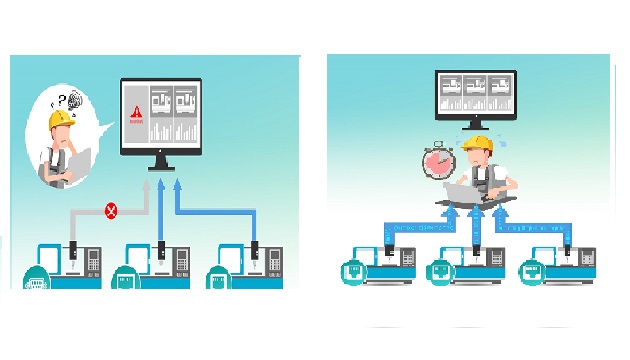Without exception, the competitiveness of any factory is determined by its two pillars: productivity and efficiency. Since the 1960s, overall equipment efficiency (OEE) has been the benchmark for measuring productivity in factories, more specifically, identifying operating machines that do not run on full capacity so that the necessary fixes can be made. In turn, a truly effective OEE depends on the visibility of machines in the control room. In this article, we take a closer look at the challenges that needs to be overcome to make the operating data of these machines more visible.
A Mixed Bag of Legacy and Modern Machines
Visibility of machine tools on a shop floor relies on how much information, such as machine status, these machines provide. Most of the time, this kind of information is provided natively by modern machines as the required parameters are already encoded within them. When it comes to legacy machines, we are less lucky because back in the day retrieving data about machine status was not the trend, and machines were only designed to do their job, for example, cutting, lathe, etc.
That Old Devil Called Interoperability
Even though modern machines are able to provide valuable machine information, it does not make monitoring on a shop floor straightforward. Different brand types, each using its own set of protocols, complicate operations as the output data from these different machines are not always interoperable with a singular softwate platform, making data analysis a herculean task.
Unify OT Data with MTConnect
Since 2008, MT Connect, an open and free protocol, has been increasing the interoperatibility between manufacturing equipment of different brands with software applications from different providers. MTConnect is a read-only standard, meaning it only defines the readings of data from control devices, which make it more than suitable for machine data collection.

